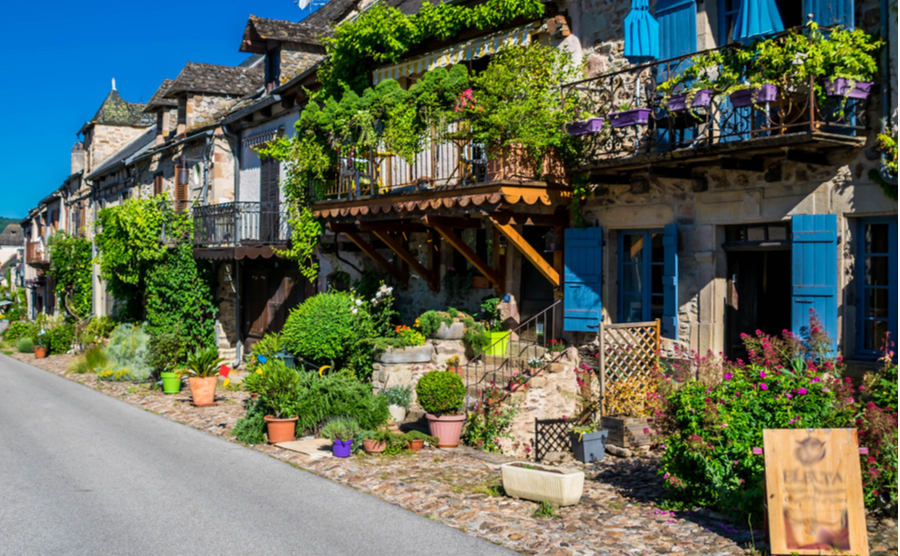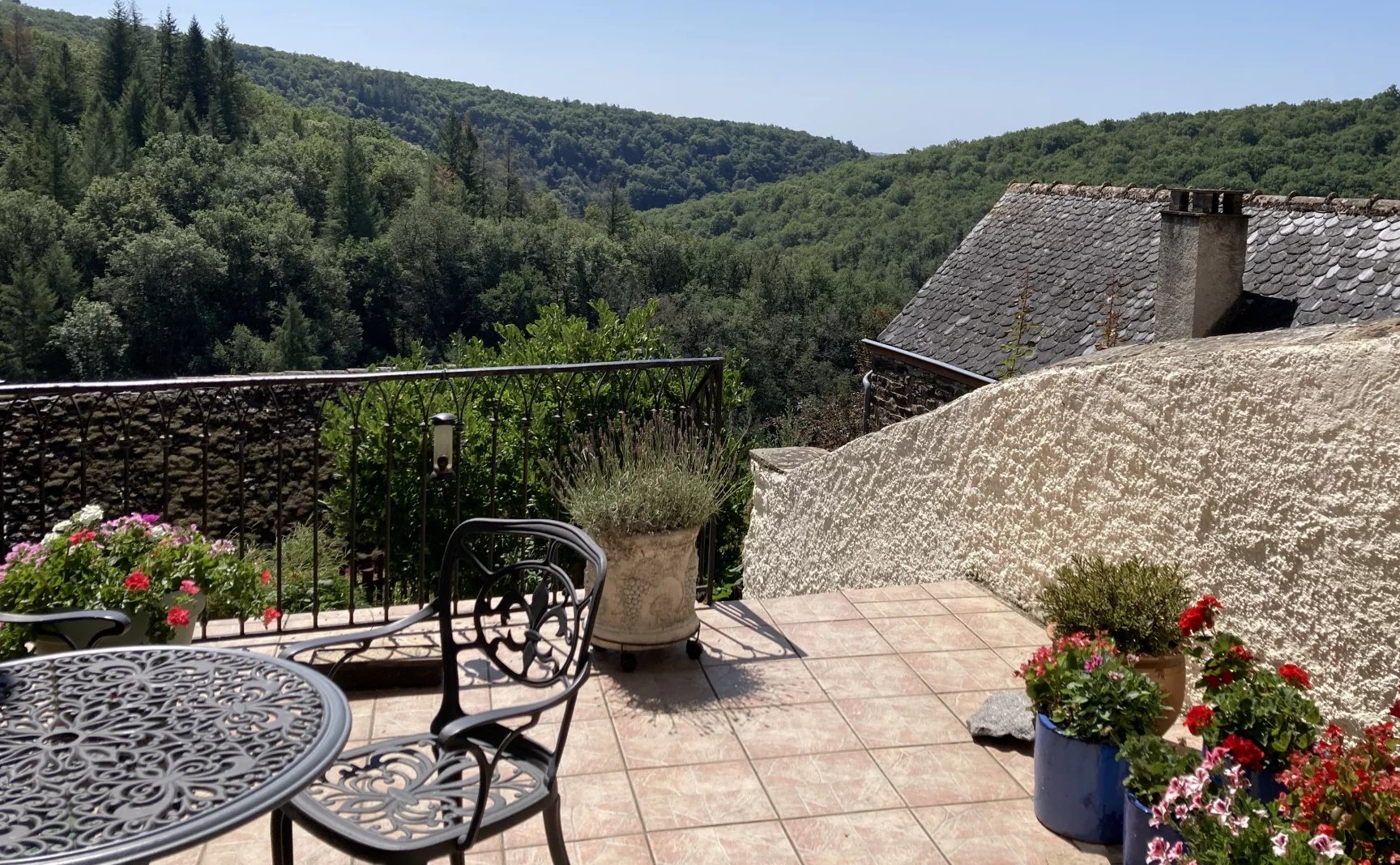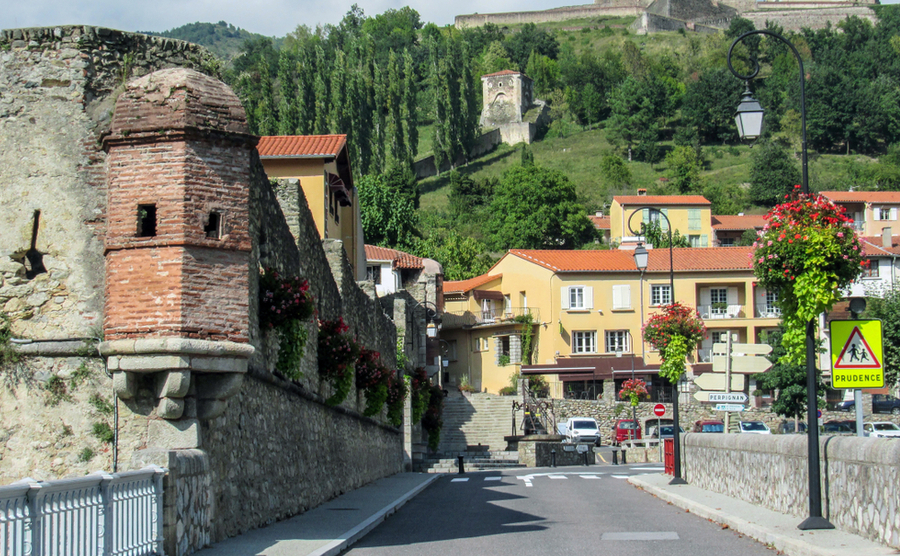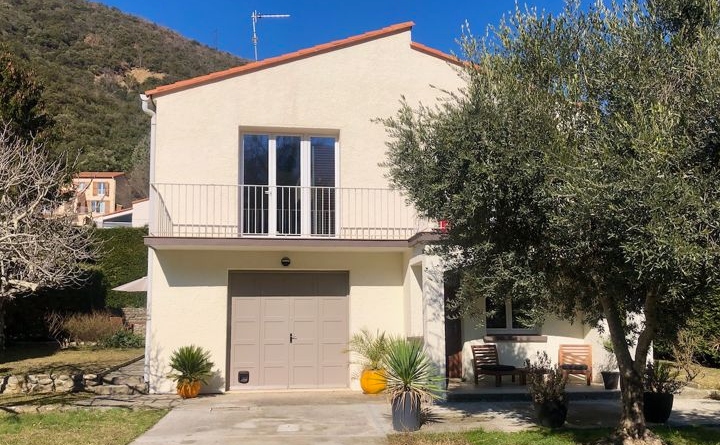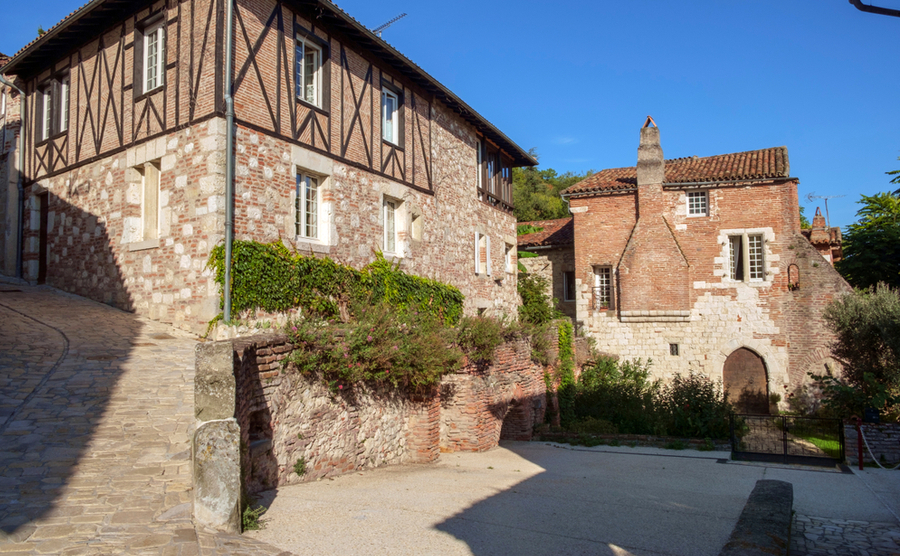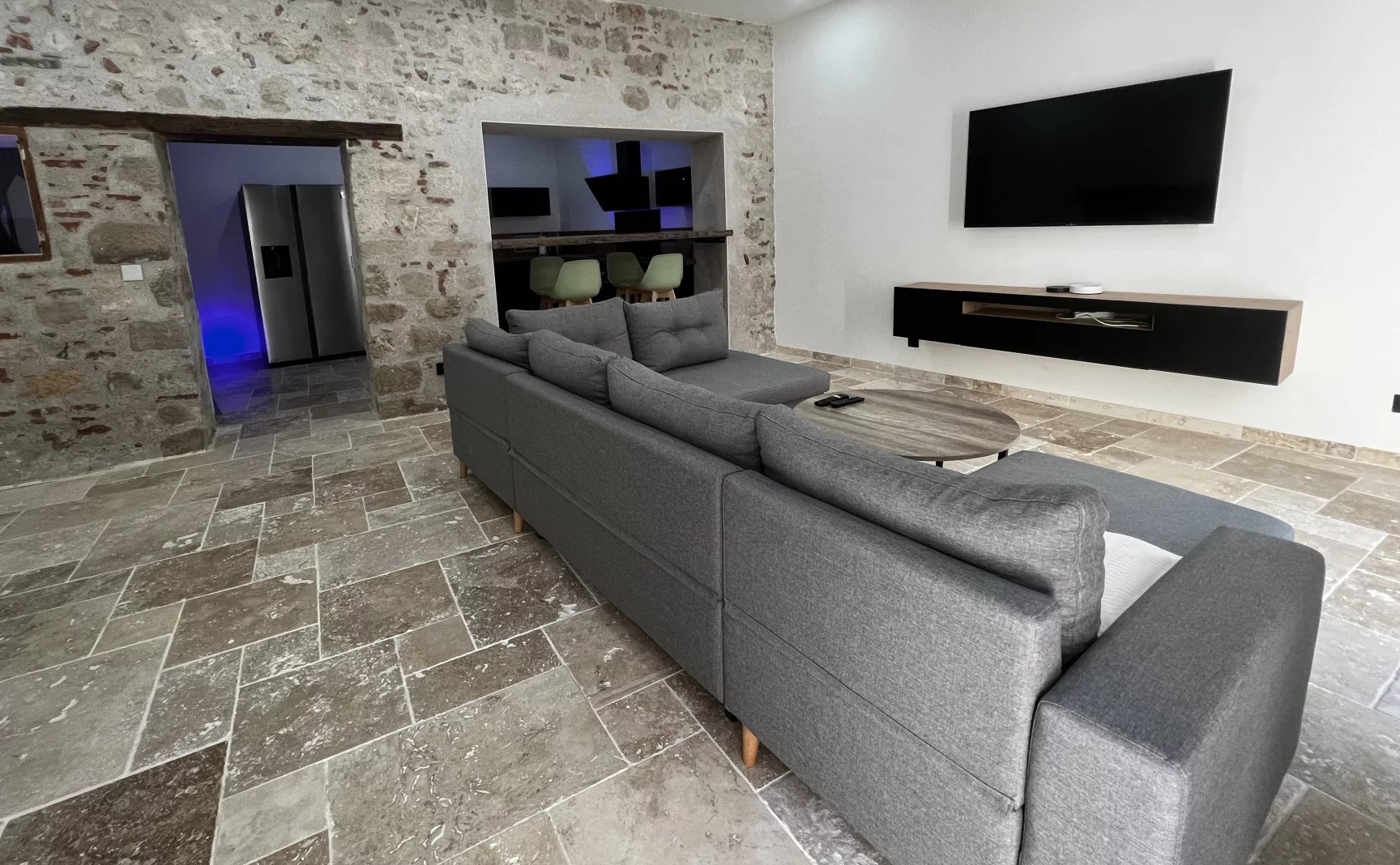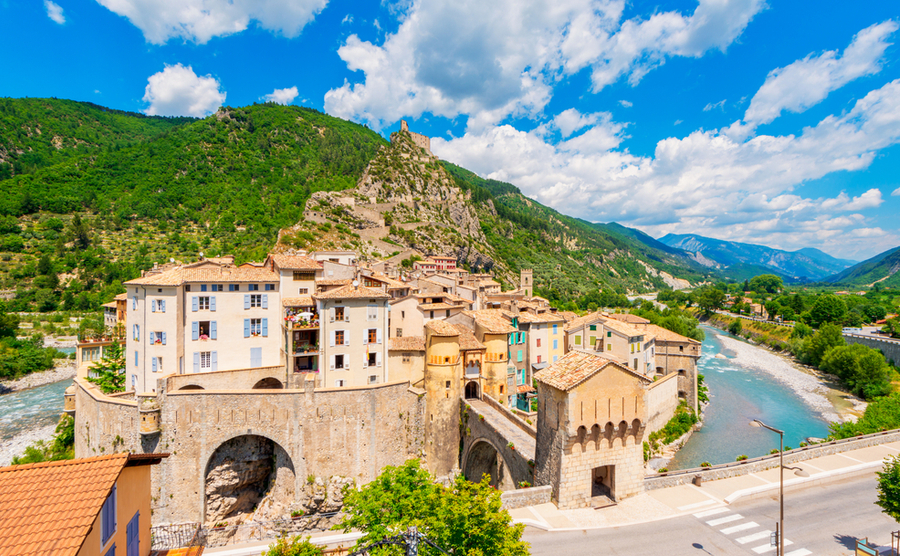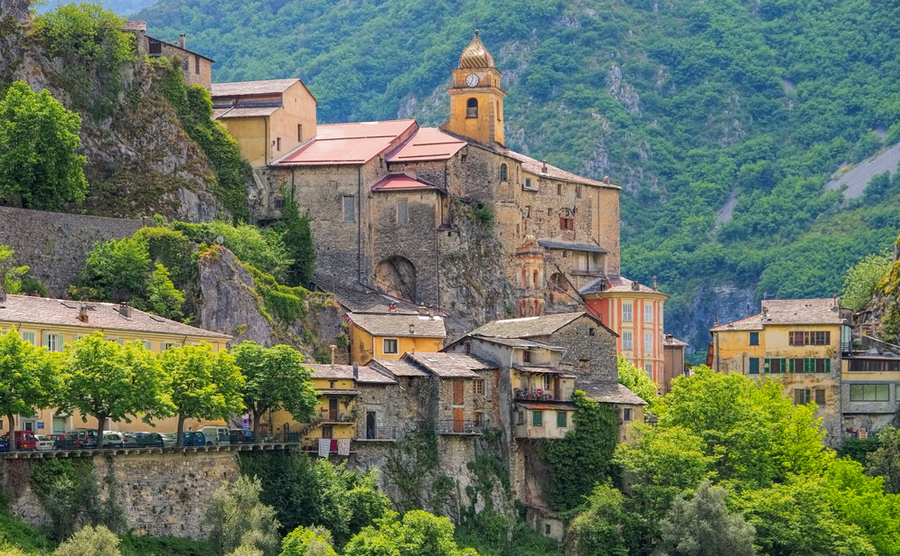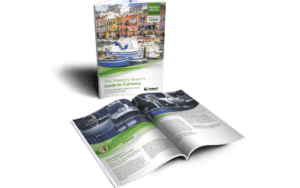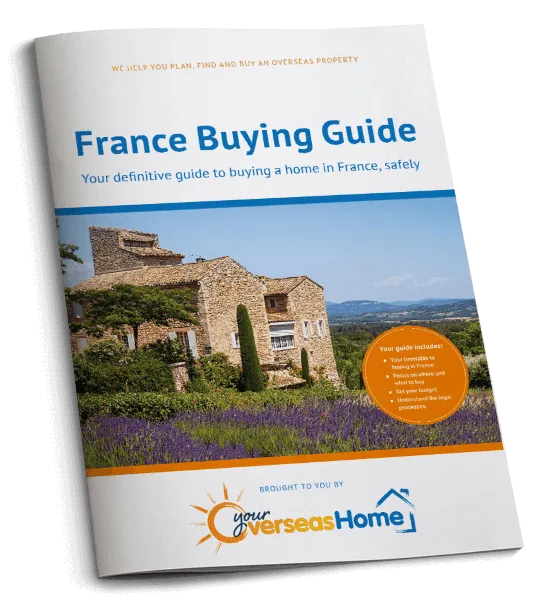For a land peppered with lookalike villages, finding the real gems hidden amongst the French countryside is easier than you might think. This is thanks to a scheme that awards rural French communities that are especially rich in culture and heritage with a recognisable badge of approval. You know you’re arriving in a village that’s a cut above average when you spot the red, grey and white ‘Les Plus Beaux Villages de France’ sign!
Running since 1982, today Les Plus Beaux Villages de France includes 176 certified villages spread across 14 French regions and 70 départments (including Corsica and Réunion island). Each is picturesque by default, but to pass the selection process and earn the revered label a village must have a rural population of no more than 2,000, include protected historic monuments and have local support for the preservation and promotion of its heritage. Villages are subject to ongoing reassessment and new ones are free to apply for the certification.
Find homes in France via our property portal.
Occitanie and Nouvelle Aquitaine
For anyone hunting for a house in an idyllic traditional community, the list of Les Plus Beaux Villages could be a good starting point. You’ll find the highest concentration in the regions of Occitanie and Nouvelle Aquitaine. Within these are the two French départments with the highest number of certified villages, namely Aveyron (Occitanie) and Dordogne (Nouvelle Aquitaine), each with ten.
Aveyron’s list includes Belcastel, Brousse-le-Château, Conques (commune de Conques-en-Rouergue), Couvertoirade (La), Estaing, Najac, Peyre (commune de Compreignacite), Saint-Côme-d’Olt, Sainte-Eulalie-d’Olt, Sauveterre-de-Rouergue. In the Dordogne, your options are Belvès (commune du Pays-de-Belvès), Beynac-et-Cazenac, Castelnaud-la-Chapelle, Domme, Limeuil, Monpazier, Roque-Gageac (La), Saint-Amand-de-Coly (commune de Coly-Saint-Amand), Saint-Jean-de-Côle, Saint-Léon-sur-Vézèr.
Character house in Najac, a Plus Beaux Village in Aveyron
In 2023, the four new villages were assessed and accepted into the exclusive Les Plus Beaux Village club! Two, namely Prats-de-Mollo-la-Preste in Pyrénées-Orientales and Penne-d’Agenais in Lot-et-Garonne, were approved in July, while Entrevaux in Alpes-de-Haute-Provence and Saorge in Alpes-Maritimes got the thumbs up in September. Let’s take a closer look at each.
Prats-de-Mollo-la-Preste – Pyrenean pearl!
Perched beside the Tech River in the Pyrenean foothills, this Tech River is in fact the amalgamation of two villages – historic Prats-de-Mollo and the spa resort of La Preste a few kilometres up the Tech valley. As part of the Canigó National Park, the surrounding natural scenery alone is stunning. The Spanish border is just 13 kilometres away, Perpignan about 60 kilometres north-east.
Prats-de-Mollo has three heritage highlights. These are the fortified old town with its maze of medieval streets and terraces, the Baroque church of Sainte-Juste-et-Sainte-Ruffine and most notably its prominent 14th century Lagarde Fortress, which was reinforced in the late 1600s by revered military engineer Vauban. The spa at La Preste adds to the village’s cultural offering, with the curative reputation of its waters dating back to the 14th century and continuing to this day.
Once an important border town, another example of Prats-de-Mollo-la-Preste embracing its heritage is the intriguing ‘Fête de l’Ours’ (Festival of the Bear) held there each February.
Listed on UNESCO’s Intangible Cultural Heritage List, only two other villages in the French Pyrenees host this event, which is an ancient Catalan tradition.
Detached villa in Arles-sur-Tech, 20 minutes from Prats-de-Mollo-la-Preste
Penne-d’Agenais – historic gem beside the Lot!
In a hilltop position beside the Lot river, this compact medieval village on the eastern edge of Lot-et-Garonne packs a serious punch of history into a small area. Its crowning glory is the 19th-Century Notre Dame de Peyragude basilica, a Roman Byzantine sanctuary complete with silver dome built on the site of an ancient chapel. The local legend of a Virgin Mary apparition led to it becoming a stopping point on the famous Santiago de Compostela pilgrim route.
Penne-d’Angenais’ elevated position not only gives it incredible panoramic views across the Lot countryside. It has also shaped its history, with its naturally defensive position making it a busy place during various wars during the Middle Ages. The village’s cobbled streets and half-timbered houses are encircled by all sorts of historic fortifications, including gated entry points, ramparts and towers. Its highest point is home to the ruins of a castle commissioned by none other than Richard the Lionheart, while nearby are caves once inhabited by hermits!
Back down by the river, there is a sweet quayside where boats do scenic trips. Penne-d’Agenais, located about 30kms north-east of Agen, is an arty place too and has resident artisans selling jewellery, leather goods, blown glass and woven products. They open their workshops to visitors in July and August. A worthy carrier of the Les Pus Beaux Villages badge!
Character house in Penne-d’Agenais
Entrevaux – Provencal bijou with battlements!
Prepare to be wowed as you step under the portcullis and onto the drawbridge that leads to the centre of Entrevaux, a stunning medieval village on an elevated rocky spur in a bend on the Var river. Compared to Nice and the glitzy Côte d’Azur just over an hour away through Provence’s rugged interior, this feels like a whole other world.
A fortified community of narrow streets lined with towering old character houses and picturesque squares, a highlight is the Gothic cathedral with its magnificent Baroque interior.
But the jewel in Entrevaux’s crown is the Vauban-designed 17th-Century fortress that overlooks the main village, perched 150 metres up on the hilltop and reached by a zigzagging fortified walkway. From there breathtaking views look out over the village’s terracotta roofs, terraced gardens, small olive groves, the Var valley and the distant Verdon natural park.
What else? True to form for Provence, there is a working olive oil mill on the edge of the village. And embracing its heritage, the village holds an impressive biennial Medieval Festival.
Saorge – a taste of the Himalayas
Nestled into a mountainside in the rugged Alpes-Maritimes landscape, ancient Saorge is a highlight of the Roya Valley. Located an hour inland from most eastern resort of the Côte d’Azur at Menton, the municipality borders Italy and has Ligurian/ Roman origins.
Often compared architecturally to a Tibetan village, the medieval stone buildings of Saorge cling to the mountainside in the shape of an amphitheatre. This give the community a sense of being suspended and combined with the lack of cars and panoramic views helps add to its serene atmosphere.
Besides the enchanting streets of the pedestrian old town, with its pretty squares and ancient washhouses, heritage focal points include the former Franciscan monastery, a Baroque building listed as a National Monument and today used for events and as a retreat for artists and writers. The other standout building is the Baroque Saint-Sauveur church, which has Roman origins, while a handful of other chapels add to its rich cultural offering.
Saorge’s surrounding countryside has lots of trails making it an exciting place for walkers and lovers of the great outdoors. Exciting sites to explore there include the ruins of Fort Saint-Georges and Malmorte castle and the natural pool at Bain du Sémite, where you can bathe weary limbs!
You might also like:


